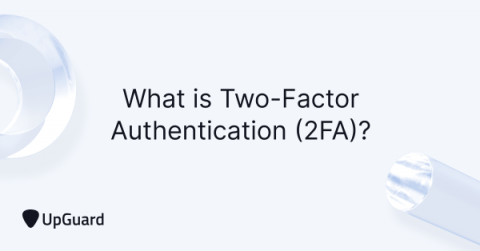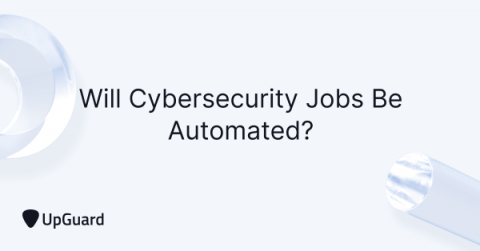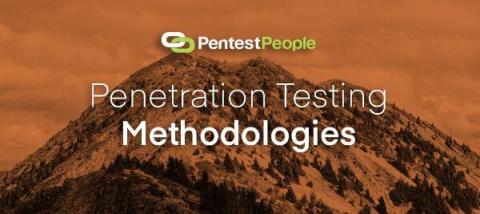10 Essentials for Big Data Security
In today’s data-driven world, skilled developers are much sought out for their ability to build applications that serve the Big Data needs of organizations. The sheer size, complexity, and diversity of Big Data requires specialized applications and dedicated hardware to process and analyze this information with the aim of uncovering useful business insights that would otherwise be unavailable.










